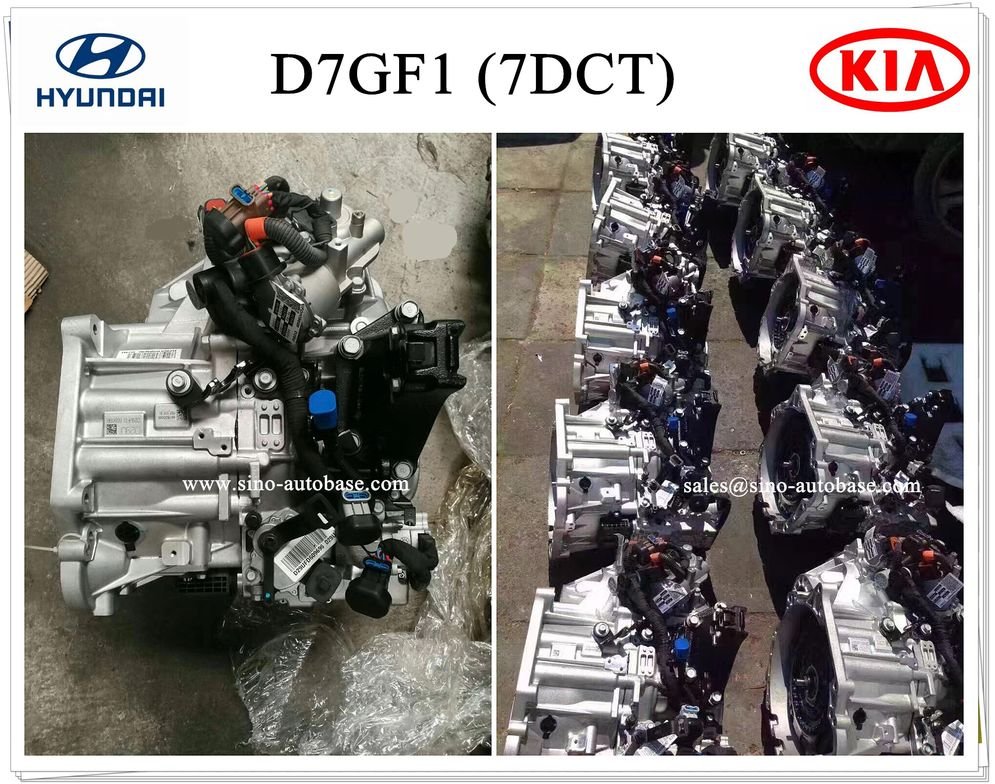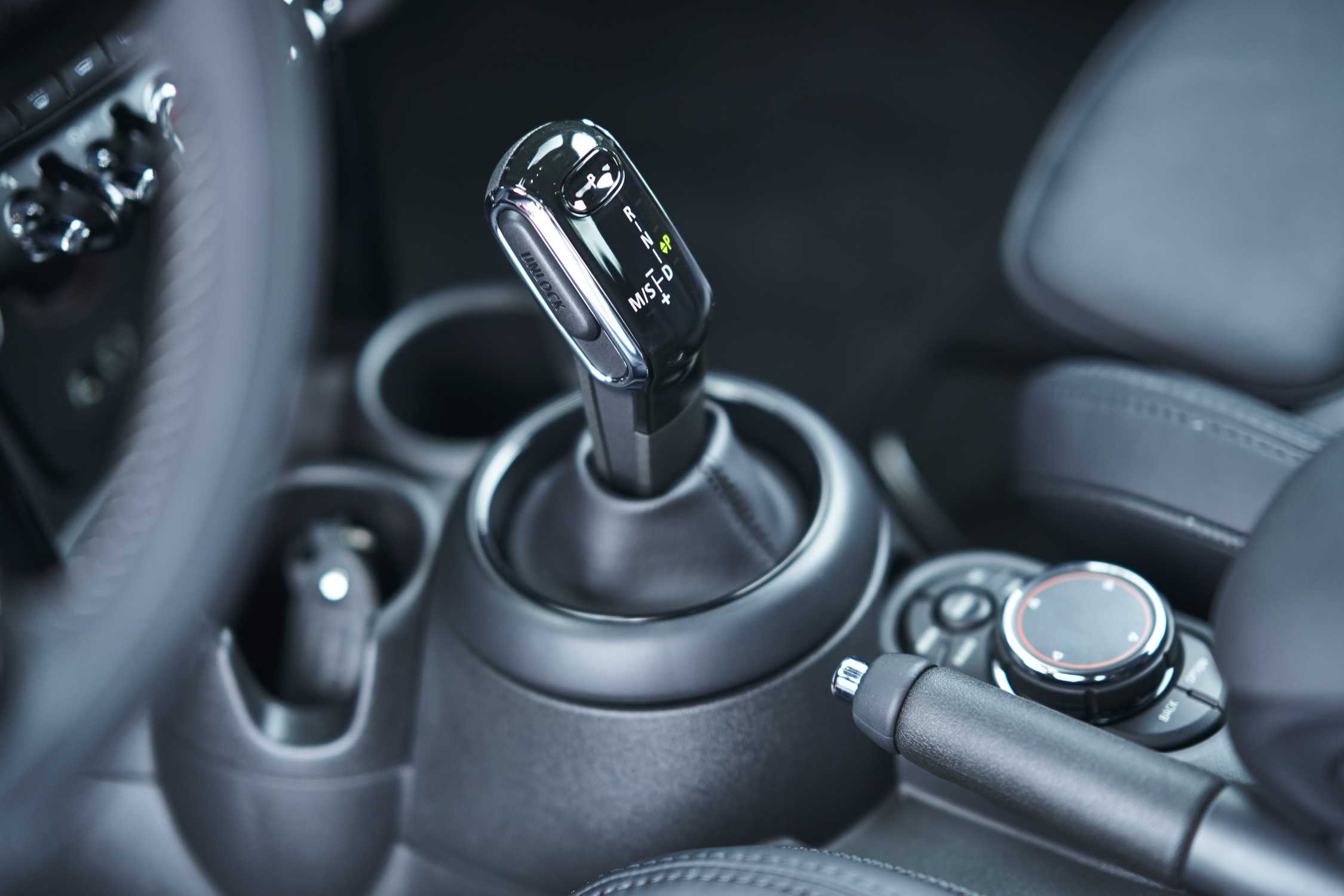
Instead, DCTs currently on the market use wet multi-plate clutches. DCTs, however, don't require torque converters. Sequentially, it works like this:īecause a dual-clutch transmission is similar to an automatic, you might think that it requires a torque converter, which is how an automatic transfers engine torque from the engine to the transmission. Using this arrangement, gears can be changed without interrupting the power flow from the engine to the transmission. One clutch controls the odd gears (first, third, fifth and reverse), while the other controls the even gears (second, fourth and sixth). In a DCT, however, the clutches operate independently. Sophisticated electronics and hydraulics control the clutches, just as they do in a standard automatic transmission. Instead, power delivery changes from on to off to on during gearshift, causing a phenomenon known as "shift shock" or "torque interrupt." For an unskilled driver, this can result in passengers being thrown forward and back again as gears are changed.Ī dual-clutch gearbox, by contrast, uses two clutches, but has no clutch pedal.
7 dct transmission manual#
So, in a conventional manual transmission, there is not a continuous flow of power from the engine to the wheels.
7 dct transmission driver#
Once the new gear is engaged, the driver releases the clutch pedal, which re-connects the engine to the gearbox and transmits power to the wheels. Devices called synchronizers match the gears before they are engaged to prevent grinding. Then the driver uses the stick shift to select a new gear, a process that involves moving a toothed collar from one gear wheel to another gear wheel of a different size. This operates a single clutch, which disconnects the engine from the gearbox and interrupts power flow to the transmission. When a driver wants to change from one gear to another in a standard stick-shift car, he first presses down the clutch pedal. To understand what this means, it's helpful to review how a conventional manual gearbox works. Hands-On or Hands-OffĪ dual-clutch transmission offers the function of two manual gearboxes in one. 4 Benefits of Owning the 2023 Volkswagen ID.This article will explore how a dual-clutch transmission works, how it compares to other types of transmissions and why some predict that it is the transmission of the future.Top 3 Family-Friendly Volkswagen SUVs for 2023 in Brookfield, WI.Explore the Features of Keyless Access in Your Volkswagen.4 Advantages of Buying a CPO Volkswagen in Brookfield, WI.

Also, check out our new VW incentives and manager’s specials to get the lowest price on a new VW. We have a wide selection of new and certified pre-owned VW vehicles. If you’d like to get your hands on a Volkswagen vehicle, then give Hall Volkswagen near Milwaukee a call. For a dual-clutch transmission, shifting out of a gear and into another is the same action, making for a quicker and smoother shift. While a car can do this pretty quickly, it still takes time and wears down the transmission. When a regular automatic transmission shifts from one gear to the next, it first has to shift out of the gear it’s currently in, find the next gear, and then shift into it.

You may think that your regular automatic does this it does not. The advantage of a dual-clutch transmission is that it shifts directly from one gear into another. You put the car “Drive” and it does the rest. From a driver input standpoint, a dual-clutch transmission and a standard automatic work exactly the same. So, one clutch handles 1 st, 3 rd, 5 th, etc., gears while the other handles 2 nd, 4 th, 6 th, etc., gears. Each part of the “dual-clutch” aspect handles alternating gears. What is a Dual-clutch Automatic Transmission?Ī dual-clutch automatic transmission, like the seven-speed Volkswagen DSG, uses alternating gears to shift directly into the next gear from the current one.


 0 kommentar(er)
0 kommentar(er)
